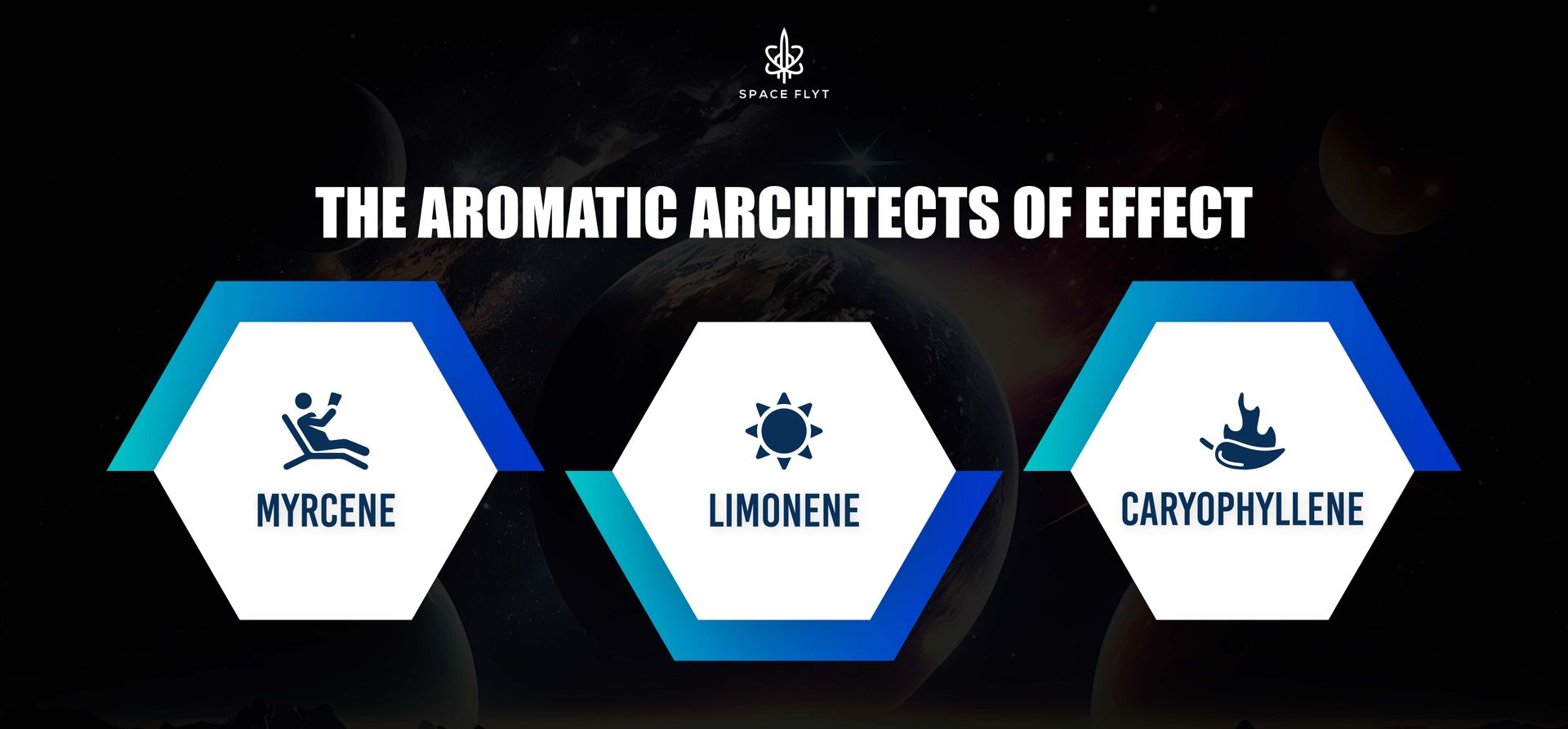Beyond Indica & Sativa the Modern Understanding of Cannabis Types 🌿 🔬
The Future of Cannabis Classification: From Plant Type to Chemical Profile

Introduction
For times, the cannabis world operated under a simple, albeit kindly limiting, bracket system: Indica for relaxation, sativa for energy, and mongrels as a mix of the two. While these terms offered an introductory frame, the recent swell in cannabis exploration and parentage inventions has revealed a far more nuanced and intricate reality. The discussion around cannabis types is evolving, shifting focus from broad factory morphology to the specific chemical composites within cannabinoids and terpenes as the true motorists of a strain's unique goods.
The Antiquated Indica vs. Sativa Model
Historically, the distinction between Indica and Sativa was primarily grounded on the plant's physical appearance. Indica kinds, generally short and bushy with broad leaves, were associated with opiate and relaxing goods. Sativa shops, high with slender leaves, were linked to further energizing and uplifting guests. Still, the vast majority of cannabis available at the moment are mongrels, the result of expansive cross-breeding. This has blurred the lines significantly, making the traditional bracket less dependable as a predictor of goods.
The Rise of Chemovars It's All About the Chemistry.
The ultramodern understanding of cannabis emphasizes the conception of chemovars, or chemical kinds. This approach classifies cannabis based on its unique profile of cannabinoids (like THC and CBD) and, crucially, its terpene composition. Suppose of it like different cultivars of apples—a Gala and a Granny Smith are both apples but have distinct flavor biographies due to their chemical makeup. Also, different cannabis chemovars will offer varied tastes grounded on their specific mix of active composites.
Terpenes: The sweet Engineers of Effect
Terpenes, the sweet canvases responsible for cannabis's different scents and flavors—from the piney aroma of one strain to the citrusy notes of another—are now honored as crucial influencers of the overall cannabis experience. This miracle is known as the entourage effect, suggesting that the synergistic commerce between cannabinoids, terpenes, and other minor composites creates a more comprehensive and nuanced effect than any single emulsion in isolation.
Consider these terpenes and their associated characteristics.
• Frequently the most abundant terpene in cannabis, myrcene carries an earthy, musky aroma and is believed to contribute to relaxation and sedation.
• Limonene With its bright, citrusy scent, limonene is associated with uplifting and mood-enhancing goods, potentially reducing stress and anxiety.
• Caryophyllene This racy, fiery terpene stands out, as it can also interact with the body's endocannabinoid system, potentially offering anti-inflammatory and pain-relieving parcels.
The Exciting World of Modern mongrels
Breeders’ moment is strictly casting new mongrel kinds, designedly manipulating their cannabinoid and terpene biographies to achieve specific goods and flavor combinations. Rather than simply labeling a strain as Indica- or Sativa-dominant, tillers are furnishing detailed information about the dominant cannabinoids (THC, CBD, etc.) and the prominent terpenes present. This allows consumers to make further informed choices grounded on their asked experience, whether it's seeking a strain high in limonene for a creative boost or one rich in myrcene for evening relaxation.
Reconsidering the Roots: The Significance of Landrace Strains
Amidst the invention of ultramodern mongrels, there is also a growing appreciation for landrace strains. These are the original, unhybridized cannabis kinds that have naturally evolved in specific geographic regions over centuries. They represent the inheritable bedrock of all ultramodern cannabis and retain unique cannabinoid and terpene biographies shaped by their terrain. Understanding landrace strains offers precious perceptivity into the factory's history and provides a pivotal inheritable resource for breeders aiming to develop new and distinctive chemovars.
Navigating the Future of Cannabis Selection
The future of understanding cannabis types lies in embracing the complexity of its chemical composition. By moving beyond the simplistic Indica/sativa contradiction and focusing on the specific cannabinoids and terpenes present in a particular chemovar, consumers can gain an important, clearer understanding of the implicit goods and tailor their choices to their individual requirements and preferences. As drugstores in Los Angeles and beyond decreasingly give detailed terpene and cannabinoid information, the power shifts to the consumer to explore the fascinating world of cannabis chemistry and unlock the specific gifts they seek.
The next time you are exploring cannabis options, claw deeper than just the Indica or sativa marker. Ask about the dominant terpenes and cannabinoid rates—you might just discover a whole new world of acclimatized guests.
Learn More
Ready to experience the benefits of cannabis? Browse our products now!"



